Product Short Description
- Voltage Rating: 110 kV
- Rated Current: 2000 A
- Rated Frequency: 50/60 Hz (adaptive)
- Rated Short-Time Withstand Current: 31.5 kA
- Operating Temperature Range: -25°C to +70°C
- Storage Temperature Range: -40°C to +85°C
- Dimensions: 114 × 192 × 72 mm
- Auxiliary Power Supply: 24/48/60 V DC or 110–240 V AC/DC (wide-range input)
- Measurement Voltage (PT Input): 100 V or 110 V (line voltage), or 57.7 V (phase voltage)
- Rated Current (CT Input): 1 A or 5 A (configurable)
Description
- Communication Interfaces: RS-485 (Modbus RTU or IEC 60870-5-103), optional Ethernet (IEC 61850, DNP3.0, Modbus TCP)
- Protection Class: IP40 (front panel), IP20 (terminal area)
- Installation Method: Panel-mounted (compliant with IEC 60255 standards)
Functional Features
- Protection Functions:
- Overcurrent protection (directional and non-directional options)
- Instantaneous overcurrent (I>>), definite-time overcurrent (I>), and inverse-time overcurrent (IDMT)
- Earth fault protection (sensitive earth fault IE>, directional earth fault optional)
- Overvoltage/undervoltage protection (U>, U<)
- Overfrequency/underfrequency protection (F>, F<)
- Circuit breaker failure protection
- Motor protection (e.g., start timeout, blocked rotor protection)
- Transformer protection (optional differential protection)
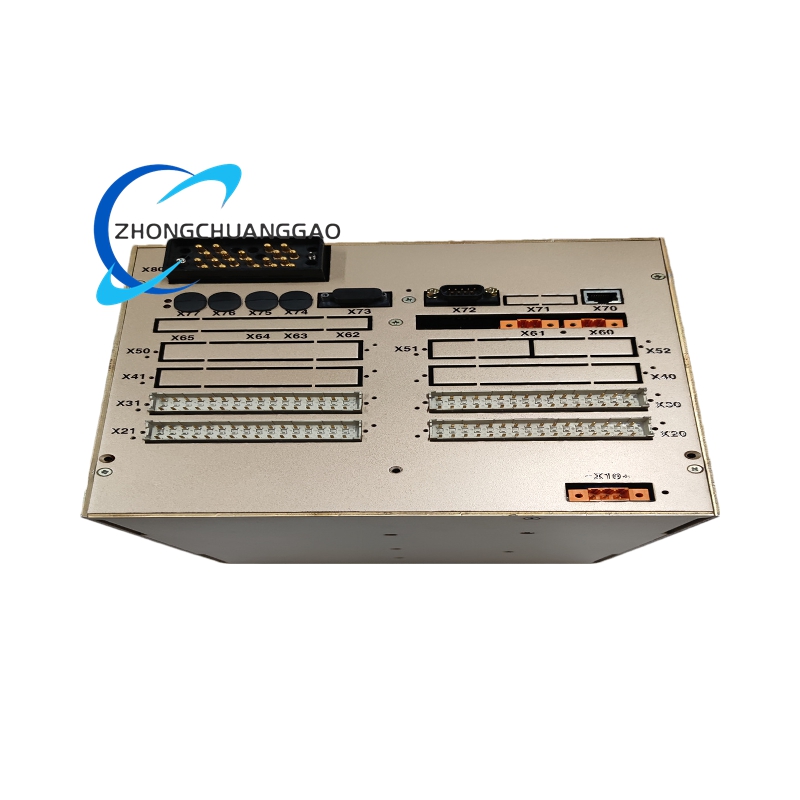
- Monitoring and Control Functions:
- Real-time monitoring of electrical parameters (current, voltage, power factor, frequency, etc.)
- Remote control of circuit breakers and disconnect switches
- Fault recording and waveform capture for post-event analysis
- Event logging for system diagnostics
- Communication and Integration:
- Seamless integration with SCADA systems and energy management platforms
- Supports IEC 61850 for smart grid applications
- Advanced Features:
- Continuous Function Chart (CFC) programming for custom logic
- Multi-language HMI interface with LCD display and keypad operation
- Compliance with international standards (IEC 60255, IEC 62271, UL)
Application Scenarios
- Medium-Voltage Distribution Networks:
- Used in feeders, transformers, and motors to provide comprehensive protection and control.
- Industrial Power Systems:
- Ensures reliable operation of critical equipment in sectors such as manufacturing, mining, and oil & gas.
- Renewable Energy Integration:
- Facilitates the safe and efficient integration of wind and solar power into the grid.
- Smart Grid Infrastructure:
- Supports advanced distribution automation and real-time monitoring for modern power systems.
Key Advantages
- High Reliability: Robust design and high-quality components ensure stable performance in harsh environments.
- Flexibility: Modular architecture allows for easy configuration and scalability to meet diverse application needs.
- Efficiency: Reduces downtime and maintenance costs through automated fault detection and self-diagnosis.
- Interoperability: Compatible with a wide range of communication protocols and industry standards.

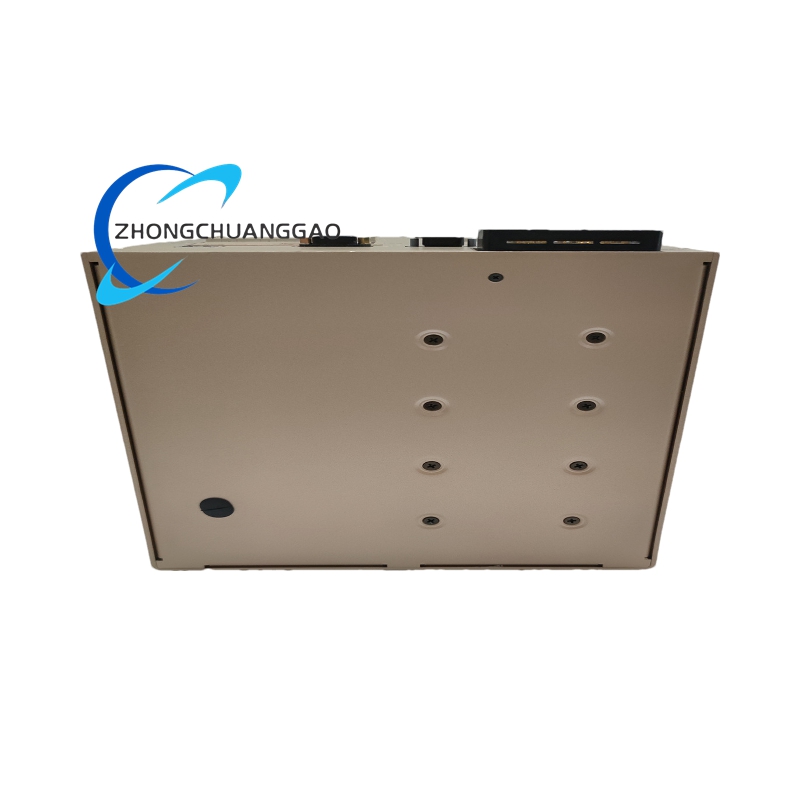
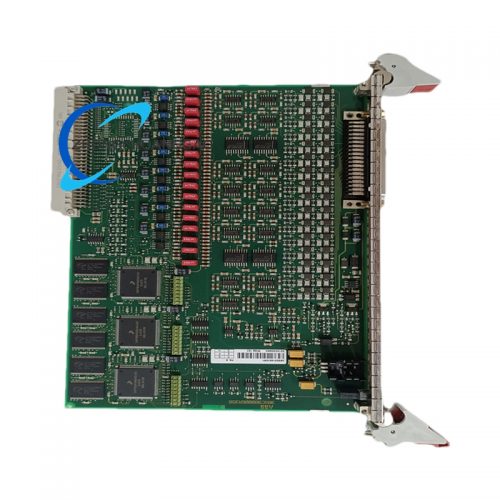
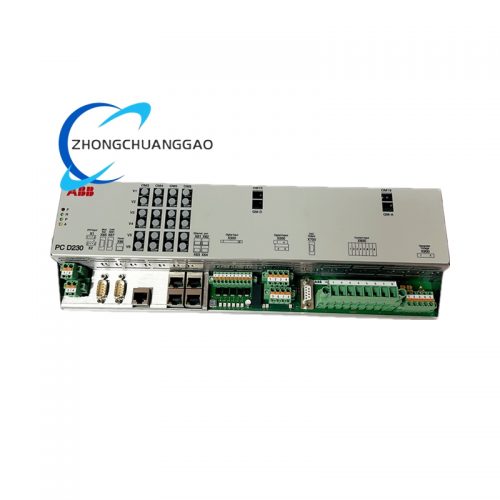
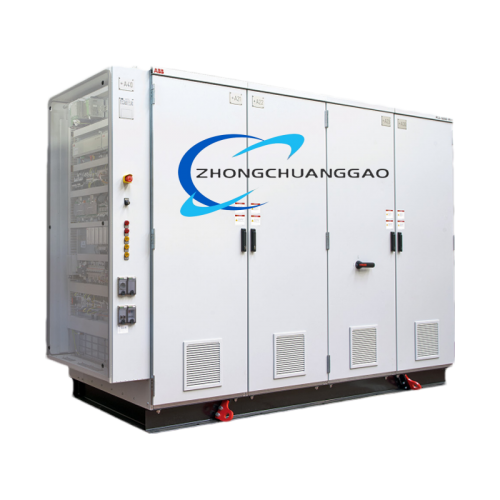
Reviews
There are no reviews yet.